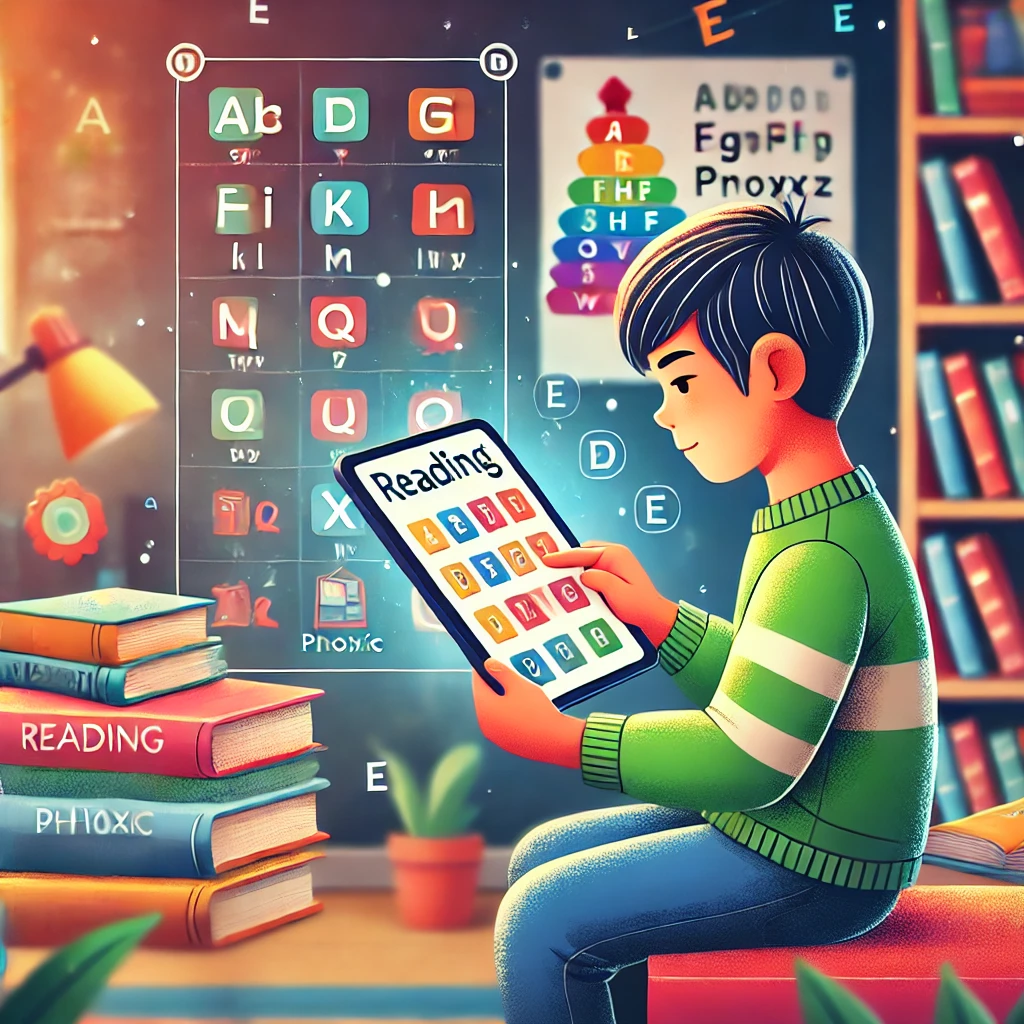How Technology and Interactive Activities Can Enhance Your Child’s Reading Skills
In today’s digital age, enhancing your child’s reading skills goes beyond traditional books and paper. With advancements in technology and a plethora of interactive activities available, parents and educators have innovative tools at their fingertips to make reading both fun and effective for young learners. This blog explores the dynamic ways technology can be incorporated into daily reading practices, helping to improve reading skills in engaging and interactive manners.
Harnessing the Power of Reading Apps
The Role of Children’s Reading Apps
Children’s literacy can be significantly boosted by integrating technology that engages their senses and caters to their learning pace. Among the best tools available are children’s reading apps, which are designed to make reading interactive and entertaining. Apps like Epic! and ReadMe Stories offer a variety of narratives at different difficulty levels, allowing children to improve at their own pace while enjoying beautifully animated stories.
- Interactive Features: Many apps include read-along options, clickable words for vocabulary support, and questions at the end of stories to test comprehension.
- Accessibility: Apps often offer stories in multiple languages, which is great for multilingual families or for children learning a new language.
Advantages of Engaging Reading Platforms
Using platforms that make learning to read a game-like experience can significantly enhance a child’s engagement. Apps such as ABCmouse and Hooked on Phonics use gamification to teach phonics and literacy skills, making the learning process more enjoyable and effective.
Interactive Reading Activities at Home
Engaging children in reading doesn’t stop with apps. Interactive reading activities for children can include a variety of hands-on, engaging strategies that can be easily implemented at home to supplement digital learning.
Creating a Reading Routine
- Read Aloud: This time-tested method involves parents reading stories aloud, modeling fluent reading, and using expression to bring stories to life.
- Story Retelling: Encourage your child to narrate a story in their own words, which boosts comprehension and verbal skills.
Comprehension Through Play
- Role-Playing: After reading a story, have your child act out scenes. This can help them understand character actions and motivations, improving their reading comprehension.
- Puzzle Making: Turn story events or sequences into puzzles that children can put together.
The Importance of Phonics
Understanding phonics is crucial for reading development. Interactive methods like phonics for children provide foundational skills that enable young readers to decode words and understand their meanings.
- Phonemic Awareness Games: Simple games that focus on the sounds of letters and words help children recognize phonetic patterns.
- Online Phonics Resources: Websites like Starfall and Reading Rockets offer engaging phonics activities that children can navigate independently.
Choosing the Right Reading Material
Selecting the right books is crucial and can be guided by knowing your child’s reading level. Ensure the materials challenge their abilities without causing frustration.
- Libraries and Bookstores: These are great places to explore a wide range of books tailored to various reading levels.
- E-Books and Audiobooks: Digital books can be a fantastic resource, especially for kids who enjoy reading on devices. They are also practical for on-the-go reading.
Reading Aloud: A Simple Yet Effective Strategy
The benefits of reading aloud to children cannot be overstated. It not only helps improve vocabulary and comprehension but also strengthens the emotional bond between parent and child.
- Routine: Make reading aloud part of the daily routine, perhaps before bed or after dinner.
- Interactive Discussions: Pause during reading to discuss the plot, characters, and the child’s feelings about the developments.
Conclusion: Integrating Technology with Traditional Reading Practices
Integrating technology with traditional reading methods can dramatically improve your child’s reading skills. By combining the best of both worlds—digital and tactile learning experiences—you can provide a comprehensive reading education that is both fun and effective. For more insights on enhancing your child’s education through innovative methods, visit Regent Studies.
Remember, the goal is to cultivate a lifelong love for reading by making it a fun, rewarding, and interactive experience. With the right tools and approaches, you can ensure your child not only learns to read but also loves to read.




